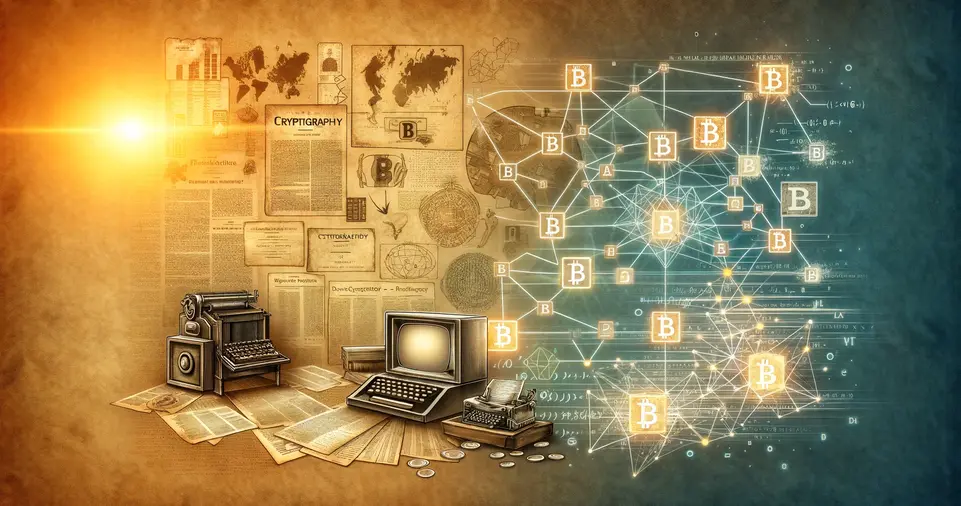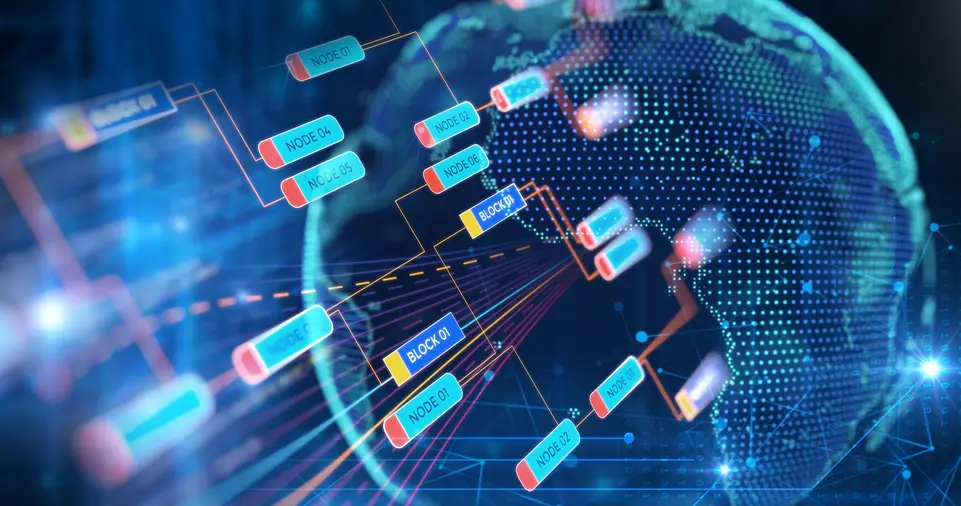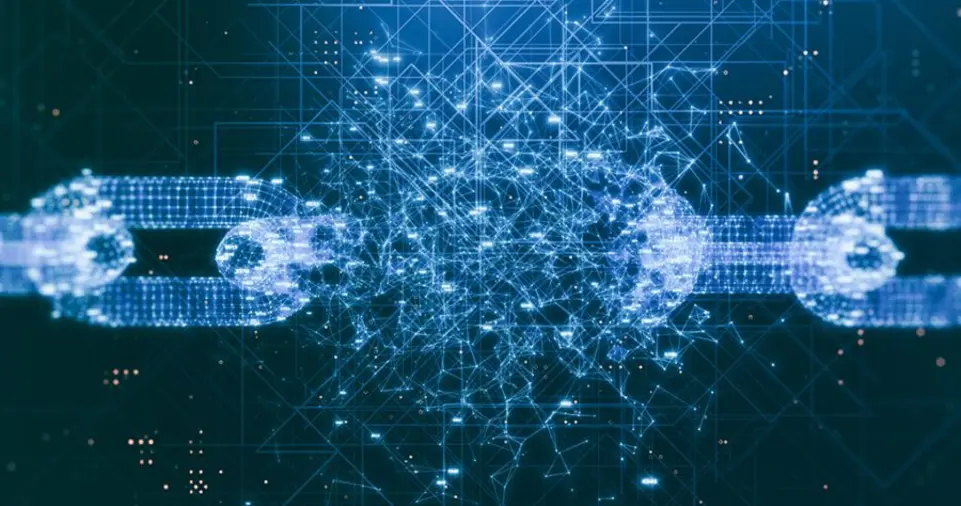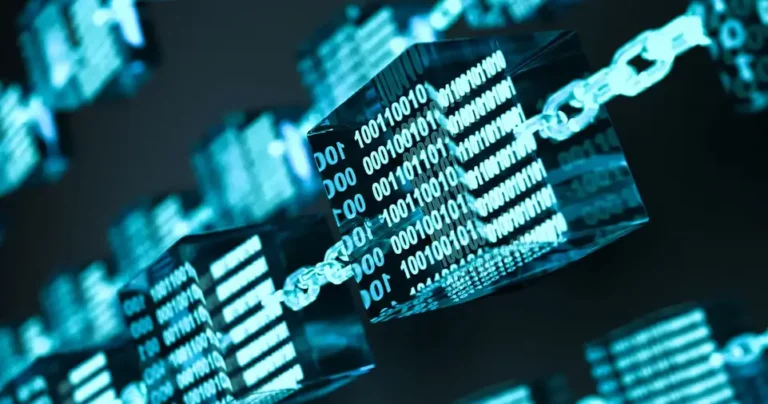Blockchain technology has revolutionized the way we think about data, transactions, and trust.
But what exactly is blockchain, and why has it become such a hot topic? Whether you’ve heard about it through cryptocurrencies like Bitcoin or emerging applications like digital identity systems, understanding blockchain can feel overwhelming.
This guide will break it down into simple, digestible steps, giving you a clear foundation.
At its core, blockchain is a digital ledger—like a notebook—that records information securely and transparently. It operates without the need for a central authority, which makes it unique.
This decentralized nature, combined with its strong security features, means blockchain has the potential to disrupt industries ranging from finance to healthcare. The best part? Blockchain is accessible to everyone, not just tech experts or developers.
If you’re new to blockchain, don’t worry. By the end of this guide, you’ll have a solid understanding of how blockchain works, why it’s important, and how it’s shaping the future.
Let’s dive into this fascinating technology and discover what makes blockchain the backbone of the digital age.
What Is Blockchain Technology?
The Definition of Blockchain
Blockchain is a digital, decentralized ledger that stores information in a secure and tamper-proof way.
Unlike traditional databases that are controlled by a central authority, blockchain relies on a network of computers (nodes) to maintain and verify the data.
Each piece of information, such as a transaction, is stored in a block. These blocks are then linked together in chronological order, forming a chain—hence the name blockchain.
Once data is recorded, it’s almost impossible to alter, making blockchain a highly secure way to store information.
Why Is Blockchain Different?
Traditional databases store information in centralized systems, such as servers owned by companies or governments.
This centralization creates risks like hacking, fraud, or corruption. Blockchain solves this by distributing the data across multiple nodes, ensuring that no single entity has control.
Key differences include:
- Decentralization: No single point of failure or control.
- Immutability: Data cannot be changed without consensus.
- Transparency: Anyone in the network can view the data.
How Does Blockchain Work?

To understand blockchain, let’s break it down into a simple process. Think of blockchain as a public spreadsheet that everyone can see but no one can alter without permission.
The Core Process
- Transaction Request: A user initiates a transaction, such as transferring cryptocurrency or uploading data.
- Broadcast to Network: The transaction is shared with the network, consisting of nodes (computers).
- Validation: The network validates the transaction using a consensus mechanism, such as Proof of Work (PoW) or Proof of Stake (PoS).
- Block Creation: Valid transactions are grouped into a block.
- Block Addition: The block is added to the blockchain, creating an unchangeable record.
An Everyday Analogy
Imagine a group of friends keeping a shared diary. Whenever someone writes an entry (a transaction), everyone in the group reviews it.
If they all agree it’s valid, it’s added to the diary (blockchain), and no one can erase it.
Key Features of Blockchain Technology
Decentralization
Unlike traditional systems, blockchain operates on a peer-to-peer network. This means there’s no need for intermediaries like banks or governments, making processes faster, cheaper, and more efficient.
Immutability
Once a block is added to the chain, it cannot be changed. This feature prevents fraud and ensures data integrity.
Transparency
Blockchain data is visible to all participants, enhancing trust. For example, in supply chain management, companies can track goods from origin to destination with full visibility.
Security
Blockchain uses advanced cryptography to secure data. Each block is protected with a unique digital signature called a hash, making it resistant to tampering.
ALSO READ: How to Make Money with Crypto Without Investing (Staking, Airdrops, etc)
Blockchain Components Explained
Blocks
A block is like a page in a ledger. It contains:
- Data (e.g., transaction details).
- A unique identifier called a hash.
- A reference to the previous block’s hash, linking it to the chain.
Nodes
Nodes are computers that store a copy of the blockchain. They play a crucial role in validating transactions and ensuring the network’s integrity.
Consensus Mechanisms
These are protocols that help the network agree on the validity of transactions. Popular mechanisms include:
- Proof of Work (PoW): Miners solve complex puzzles to validate transactions.
- Proof of Stake (PoS): Validators are chosen based on the number of tokens they hold.
Real-World Applications of Blockchain

Blockchain isn’t just for cryptocurrencies. Its versatility makes it useful in various industries:
Finance
Blockchain enables secure and fast money transfers, eliminating the need for intermediaries.
Smart contracts—self-executing agreements—can automate processes like loan approvals.
Supply Chain Management
With blockchain, businesses can track products in real-time. This improves transparency and prevents counterfeit goods from entering the market.
Healthcare
Blockchain secures patient data, making it accessible only to authorized personnel. It can also streamline the management of medical records.
Voting Systems
By ensuring transparency and security, blockchain can reduce voter fraud and build trust in elections.
Key Blockchain Terms You Need to Know
Hash
A hash is a unique digital fingerprint for data. It ensures the integrity of information by detecting even the smallest changes.
Smart Contracts
These are self-executing contracts with the terms written into code. For example, a smart contract can automatically release payment once certain conditions are met.
Mining
In blockchain networks like Bitcoin, mining involves solving complex mathematical puzzles to validate transactions and add them to the blockchain.
The Importance of Blockchain Technology
Blockchain is often referred to as the “technology of trust.” It eliminates the need for intermediaries, reduces costs, and ensures data integrity.
For example:
- In Banking: Blockchain reduces cross-border transaction times from days to minutes.
- In Healthcare: It ensures secure sharing of medical data.
- In Retail: It enhances transparency in supply chains, preventing fraud.
By addressing issues like fraud, inefficiency, and lack of trust, blockchain has the potential to transform the way we interact with technology.
Challenges and Misconceptions About Blockchain

While blockchain is powerful, it’s not without challenges:
- Scalability: Processing large volumes of transactions can be slow.
- Energy Consumption: Proof of Work systems consume significant energy.
- Complexity: Understanding and implementing blockchain requires expertise.
Misconceptions often arise due to its association with cryptocurrencies. While blockchain powers cryptocurrencies, its use cases extend far beyond digital coins.
The Future of Blockchain
The adoption of blockchain is growing rapidly. Governments, businesses, and individuals are exploring its potential to revolutionize various industries.
Innovations like Layer 2 scaling solutions and energy-efficient consensus mechanisms are addressing its current limitations.
For beginners, it’s an exciting time to learn about blockchain. As the technology matures, its impact will only grow.
How to Learn More About Blockchain
- Online Resources: Websites like CoinDesk and CoinTelegraph offer up-to-date news and insights.
- Videos: Platforms like YouTube have excellent explainer videos. Look for beginner-friendly channels like “Simply Explained.”
- Hands-On Experience: Explore blockchain explorers like Etherscan to see how transactions work in real-time.
Conclusion
Blockchain technology represents a paradigm shift in how we store, share, and secure information.
Its decentralized, transparent, and secure nature makes it a game-changer across industries.
While it may seem complex at first, the foundational concepts are straightforward and accessible to anyone willing to learn.
By understanding the basics, you’re taking the first step into a world of endless possibilities.
Whether you’re interested in cryptocurrencies, smart contracts, or supply chain solutions, blockchain is a technology that will shape the future.
Keep learning, stay curious, and explore how blockchain can make an impact in your life.











